News + Media

NPR Marketplace: MIT Joint Program Co-Director John Reilly comments on the economic and societal impacts of heat waves, which are becoming more frequent under climate change
By Kimberly Adams
When air gets really hot, like 120 degrees hot, it means two things for the air-traveling public in the Southwestern United States. One, your plane will have to go faster to generate enough airflow over its wings to get enough lift to get off the ground. But two, the...
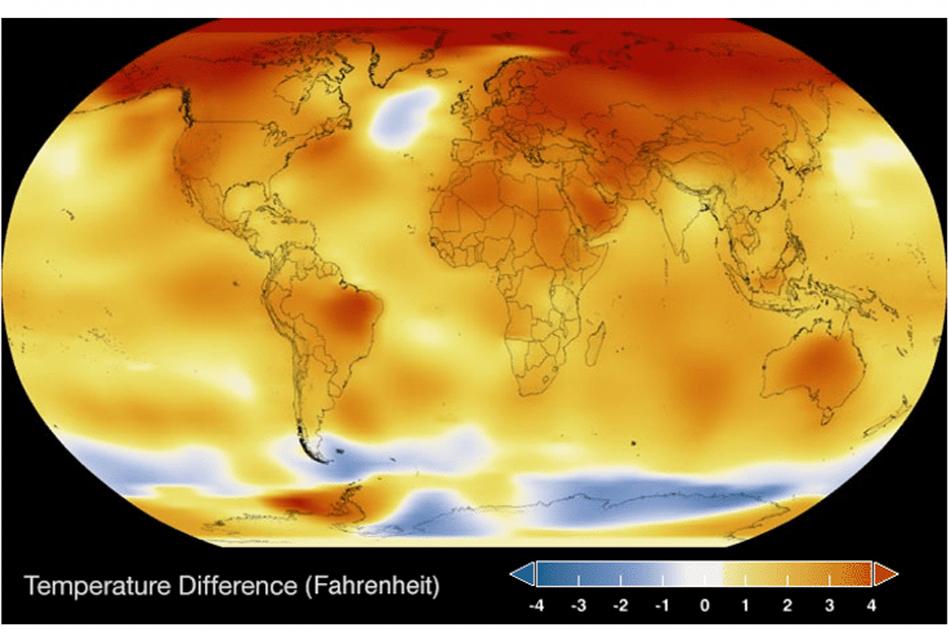
Washington Post: MIT Joint Program-affiliated EAPS Prof. Kerry Emanuel co-authors op-ed critiquing the EPA administrator's call for opposing teams to debate climate change science
By Benjamin Santer, Kerry Emanuel and Naomi Oreskes June 21 at 1:08 PM
Commentary
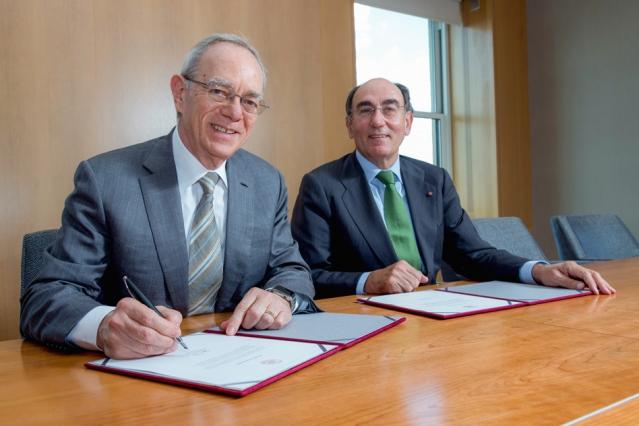
Funding will establish MIT professorship and support low-carbon energy and climate initiatives
Emily Dahl | MIT Energy Initiative June 21, 2017
Press Inquiries

FactCheck.org: The 0.2 C figure “reflects only the incremental effect of Paris when built upon all the previous commitments made through the UNFCCC,” and “assumed no further strengthening of national commitments in years after 2030,” says MIT Joint Program Co-Director John Reilly.
President Donald Trump and his top environmental official said the Paris Agreement would reduce the global average temperature by only 0.2 degrees Celsius. Former Vice President Al Gore said that’s “not true.” Who’s right?
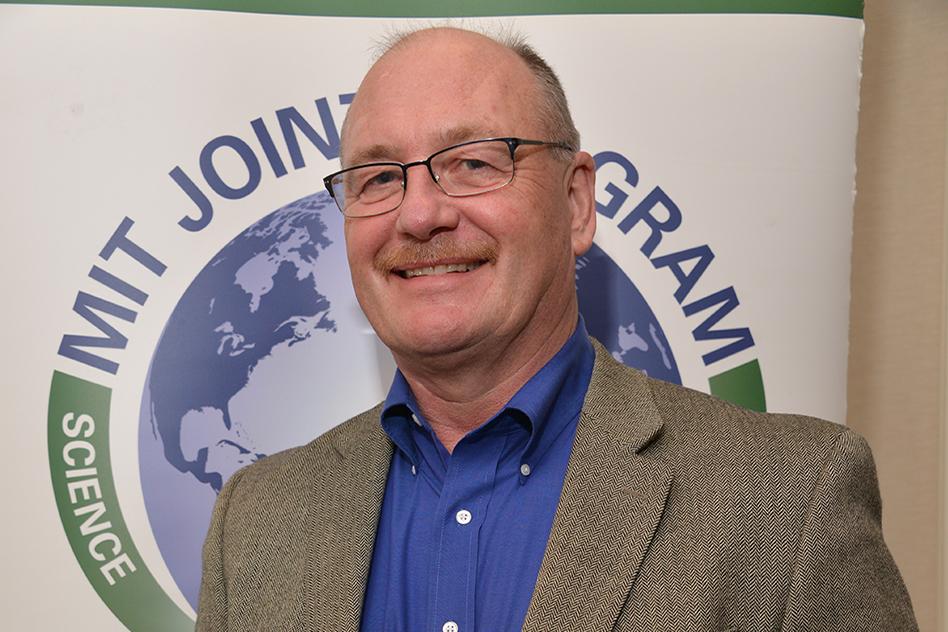
Energy Futures: John Reilly and colleagues in the MIT Joint Program used a comprehensive set of linked models to demonstrate how dramatically the world’s energy system needs to change—within the next few decades—to prevent excessive global warming by 2100
An MIT analysis of the Paris climate agreement finds that—even if all the participating nations meet their pledges—global warming will exceed the 2°C maximum targeted for 2100 as early as 2050. To determine what else is needed, researchers at the MIT Joint Program on the Science and Policy of...
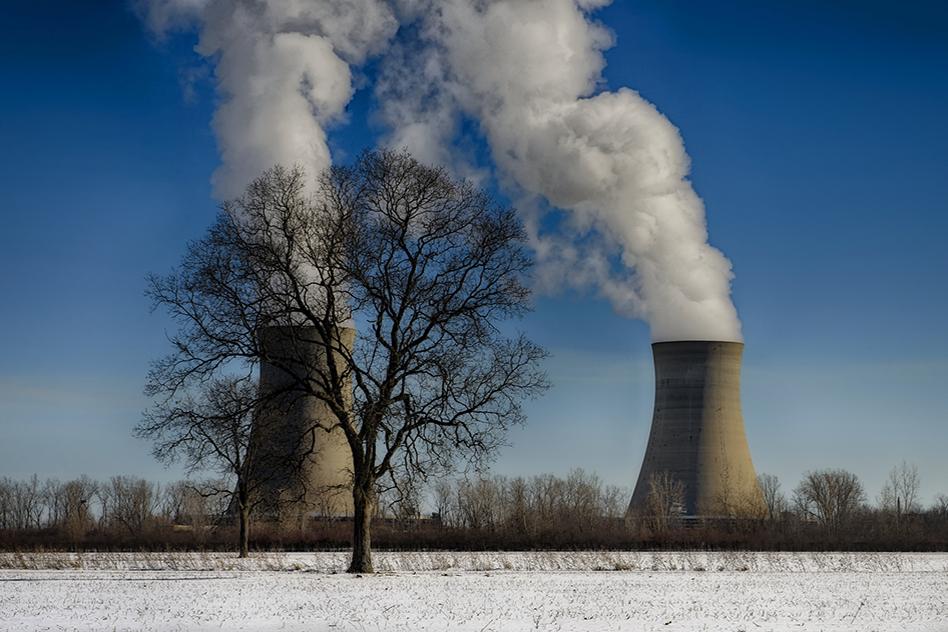
New York Times: MIT Joint Program-affiliated CEEPR Executive Director John Parsons comments
Over the last decade, a glut of cheap natural gas from hydraulic fracturing has driven hundreds of dirtier coal plants in the United States out of business, a big reason carbon dioxide emissions fell 14 percent from 2005

Dispersal of mercury into the air has risen substantially since the industrial revolution, leading to increased deposits in water and soil, where it gets transformed by bacteria into methylmercury, a highly toxic form of the naturally occurring heavy metal that can affect neurological and immune...
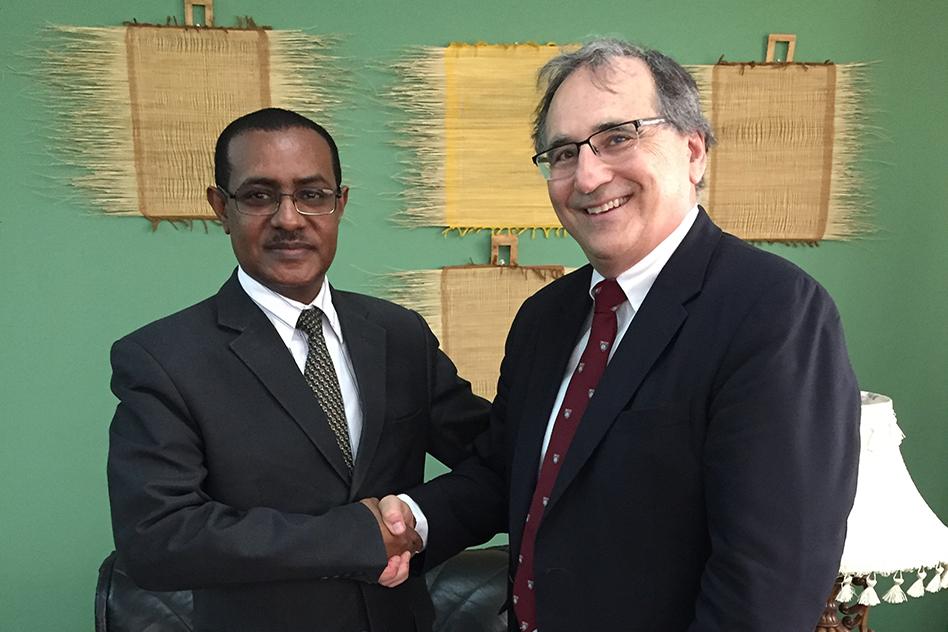
Almost 25 percent of the world’s malnourished population lives in sub-Saharan Africa (SSA), where more than 300 million people depend on maize (corn) for much of their diet. The most widely produced crop by harvested area in SSA, maize is also highly sensitive to drought. Because maize in this...

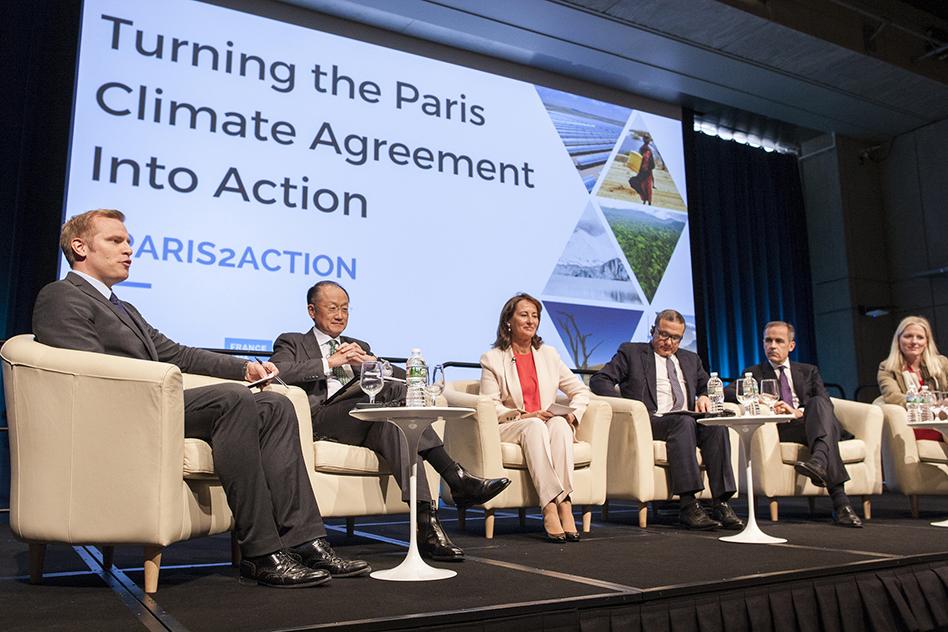
His administration cherry-picked my group's findings to help make their case.
As scientists concerned with the very real impact of human activity on climate, my colleagues and I certainly hope our research reaches policymakers at the highest levels of government — which, apparently, it did, when White House officials cited our work to justify President Trump’s decision to...

